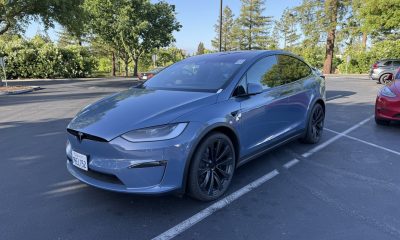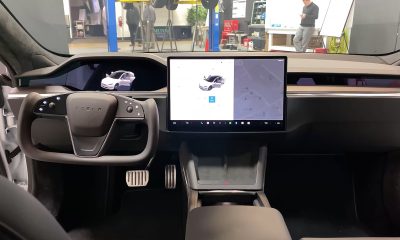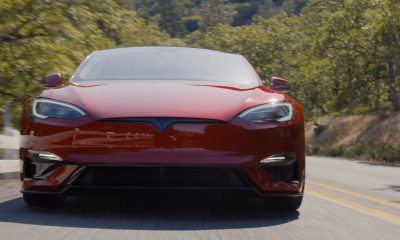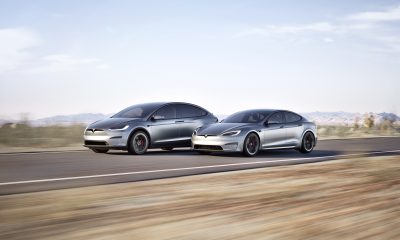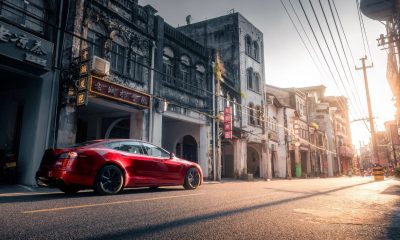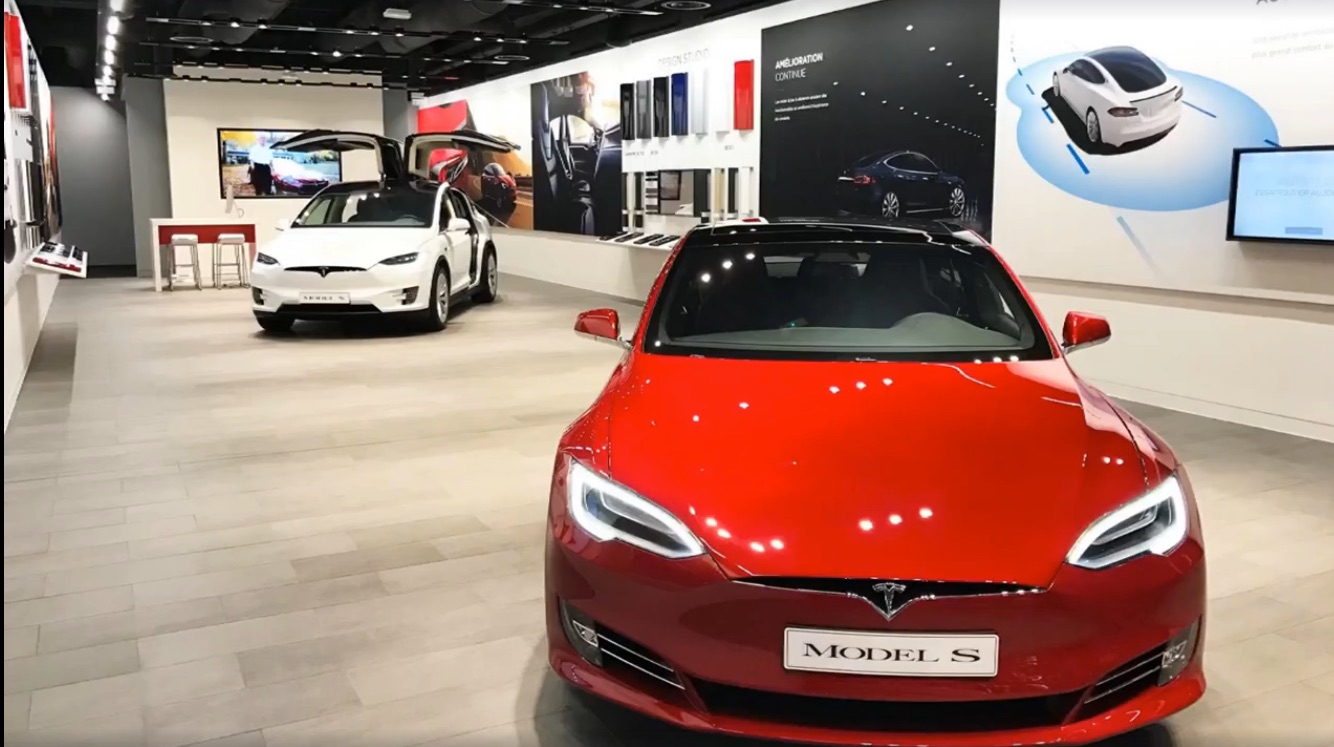
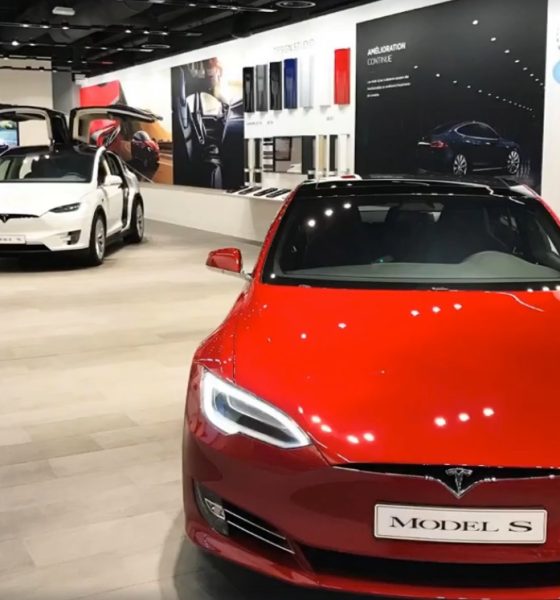
News
CR downgrades Tesla Model S, X over missing automatic emergency braking feature
Tesla Model S and Model X owners with self-driving hardware have been waiting patiently for the company to bring their vehicles to feature parity with first generation Autopilot cars. Originally promised by the end of 2016, the process is still on going and many customers have grown impatient with the delay.
One of those customers is Consumer Reports, which purchases cars for its test fleet instead of accepting loaners from manufacturers in order to maintain a degree of impartiality in its findings. CR lowered its rating of the Tesla Model S and Model X by two points today because the long promised software upgrade that would enable automatic emergency braking has failed to materialize. The two-car downgrade means the Model S is no longer the top ranked ultra luxury sedan and puts the Model X near the bottom of the rankings for midsize luxury SUVs.
Consumer Reports called automatic emergency braking a “basic safety feature” that was available on cars costing far less, including the Toyota Corolla. “When we purchased our latest test car, we were assured automatic emergency braking would be enabled by the end of 2016,” said Jake Fisher, director of Consumer Reports’ Auto Test Center. “We’ve been waiting for this important safety feature, which is standard equipment on much cheaper cars.”
Tesla was quick to respond. After learning of the lowered rankings, it notified CR that automatic emergency braking would be rolled out via an over-the-air software update slated for Thursday, April 27.
Tesla notes in an email statement to CR, “Automatic Emergency Braking and other safety features are a top priority, and we plan to introduce them as soon as they’re ready”. Adding, “We believe it would be morally wrong and counterproductive to our goal of improving consumer safety to release features before they’re ready, and we believe our customers appreciate that.”
The slow pace of software updates for Autopilot 2.0 equipped cars has frustrated owners and led to a class action lawsuit claiming the company is putting owners at risk by selling its cars without vital safety features being operational. Tesla is vigorously contesting that suit and says it cannot roll out the needed software upgrades until they have been fully validated. The jab by Consumer Reports seems to have moved that process forward dramatically.
News
Tesla Model Y L’s impressive specs surface in China’s recent MIIT filing
The Tesla Model Y L is expected to launch later this year.
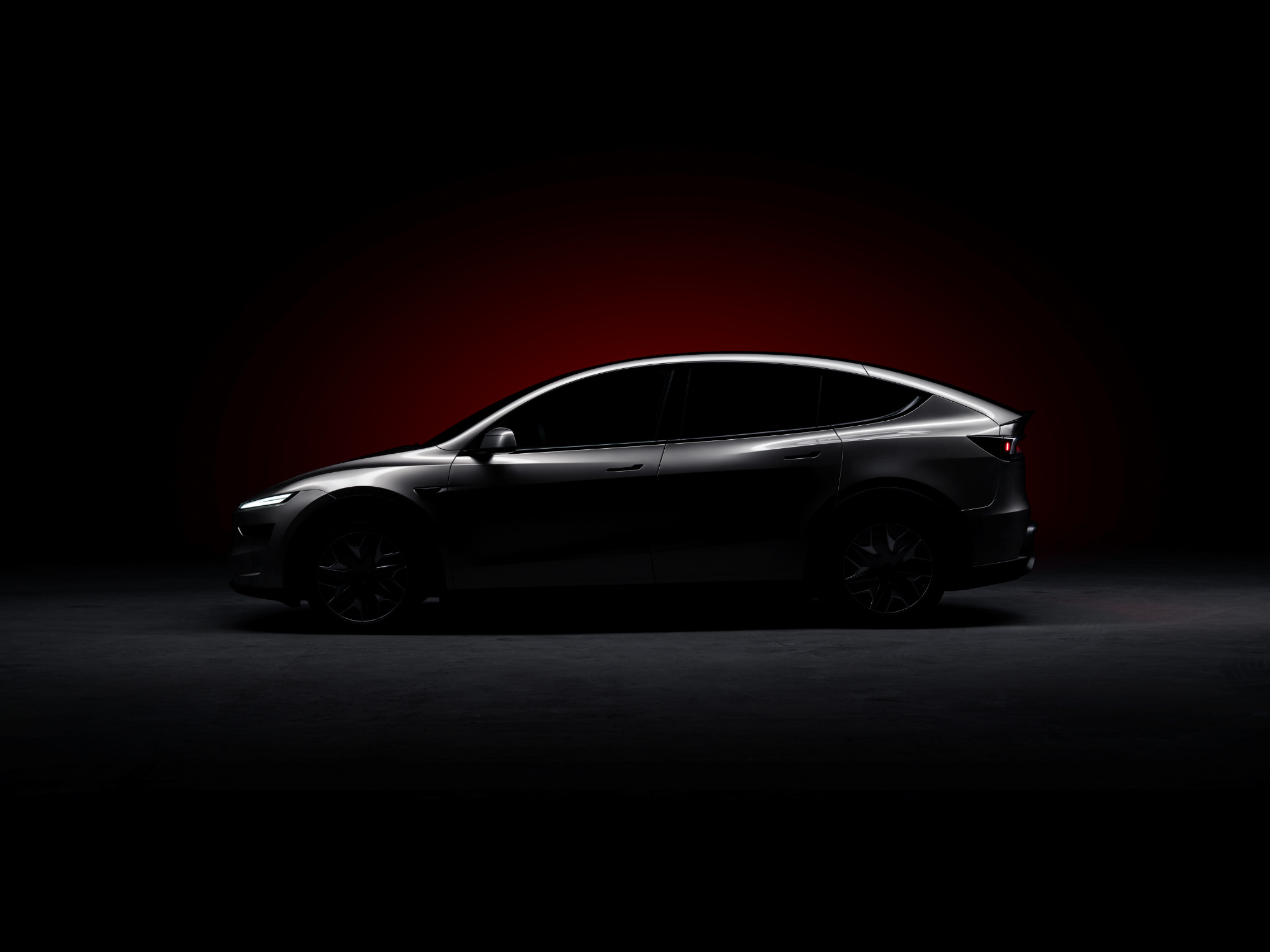
The specs of the upcoming Tesla Model Y L has appeared in new Chinese regulatory filings, revealing key specifications including a six-seat layout and an extended range of up to 751 kilometers. The variant is expected to launch later this year alongside a new long-range Model 3 variant rated at 830 kilometers.
The updates were listed on the China Ministry of Industry and Information Technology’s (MIIT) latest batch of new energy vehicle models that are eligible for vehicle purchase tax exemptions.
Model Y L to debut with larger battery, six-seat layout
Listed under the model code TSL6500BEVBA0, the Model Y L will feature dual motors producing 142 kW at the front and 198 kW at the rear. It will be powered by a 465-kilogram 82.0-kWh lithium-ion battery from LG Energy Solution, with a pack energy density of 176 Wh/kg, as noted in a CNEV Post report. The long-range crossover achieves 751 km on the lenient CLTC cycle, making it Tesla’s highest-range Model Y to date in China despite its curb weight of 2,088 kg.
The “L” designation is believed to refer to the vehicle’s larger size and seating configuration, as the new variant is listed with six seats. It builds on Tesla’s strategy to diversify offerings in the Model Y lineup, which currently includes both RWD and AWD five-seat versions.

Model 3+ breaks record with 830 km CLTC range
Alongside the Model Y L, Tesla China also registered a new rear-wheel-drive Model 3, which was designated with the model code TSL7000BEVBR1. The vehicle boasts either 800 or 830 km of range on the CLTC cycle, depending on its trim. This marks the highest range yet for any Tesla vehicle in China.
The variant will use a 448-kilogram, 78.4-kWh LG-supplied battery with an energy density of 175 Wh/kg and a peak motor output of 225 kW. The vehicle’s curb weight is listed at 1,760 kg. The model was previously identified in filings as “Model 3+,” hinting at a possible tier above the existing long-range variant, which tops out at 753 km CLTC.
News
Elon Musk explains why Tesla stepped back from Project Dojo
The update was initially reported by Bloomberg News, which cited people reportedly familiar with the matter.
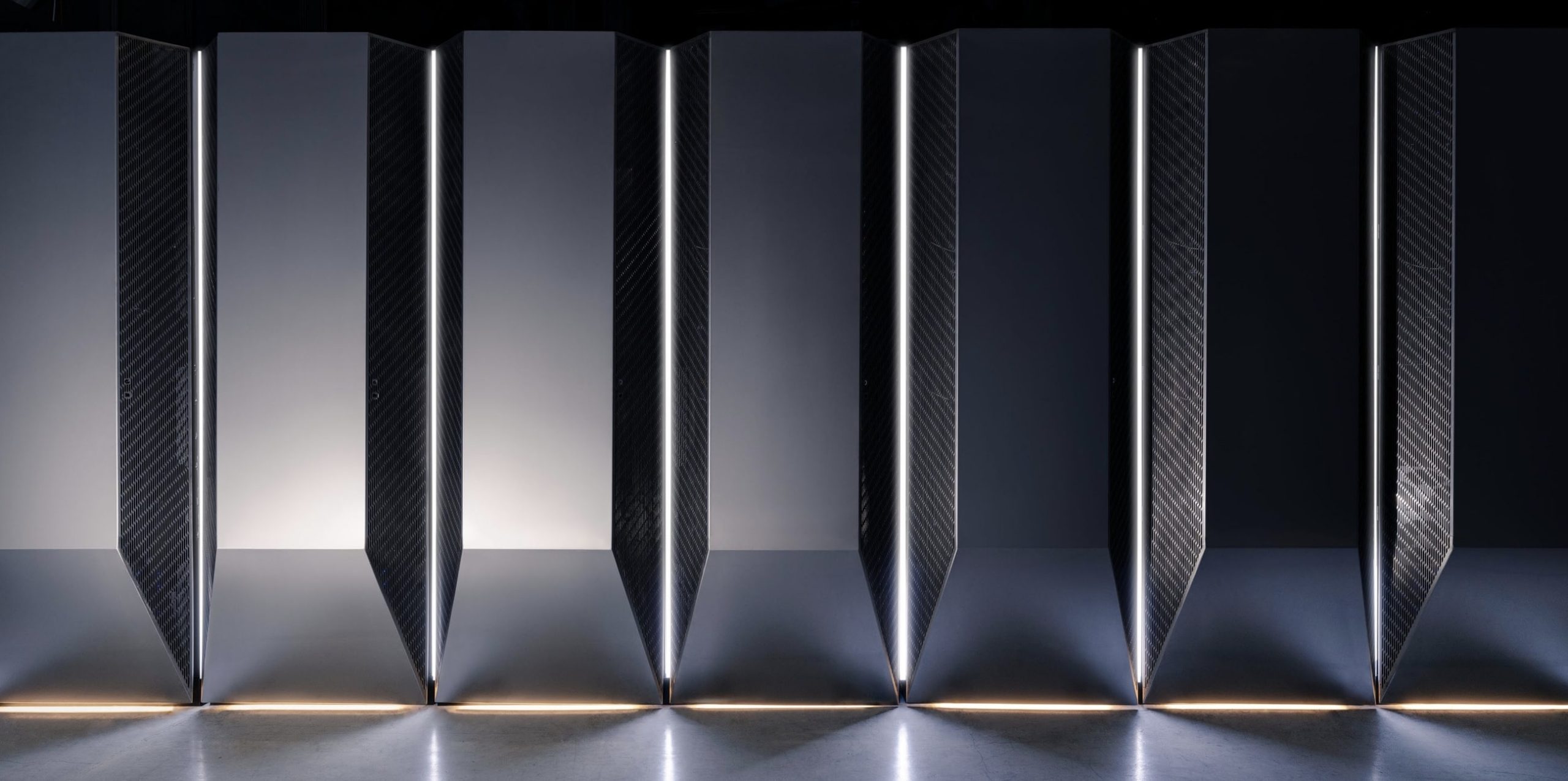
Elon Musk has confirmed that Tesla is stepping back from its Dojo supercomputer initiative and focusing instead on the company’s in-house AI5 and AI6 chips.
The update was initially reported by Bloomberg News, which cited people reportedly familiar with the matter.
Project Dojo Ends
As per Bloomberg, Peter Bannon, who led Project Dojo, will be departing Tesla following Elon Musk’s decision to shut down the initiative. The publication claimed that Tesla’s Project Dojo team has lost about 20 members recently, and the remaining members of the initiative would be reassigned to other data center and compute projects within Tesla.
Dojo was expected to help Tesla train its Autopilot and Full Self-Driving systems. With this change, Tesla will reportedly be increasing its reliance on external partners for its training hardware. These partners reportedly include Nvidia, AMD, and Samsung, among other companies.
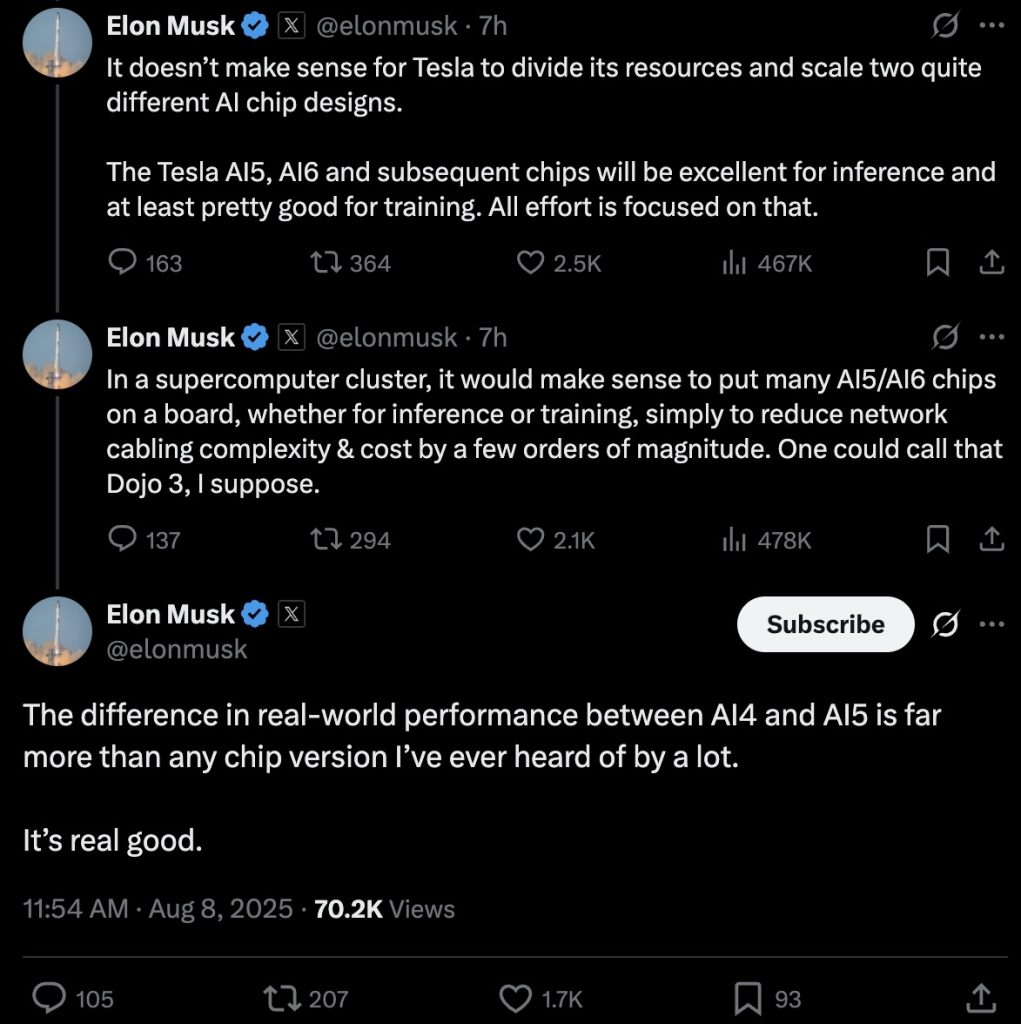
Musk Explains Dojo Shutdown
In a series of posts on X, Elon Musk explained that it doesn’t make much sense for Tesla to divide its resources to scale two different chip designs. And since the company is putting in a lot of effort in its AI5 and AI6 chips–which would be used not for training but in actual products like Optimus and the Cybercab–it was time for Project Dojo to take a bow.
“It doesn’t make sense for Tesla to divide its resources and scale two quite different AI chip designs. The Tesla AI5, AI6 and subsequent chips will be excellent for inference and at least pretty good for training. All effort is focused on that.
“In a supercomputer cluster, it would make sense to put many AI5/AI6 chips on a board, whether for inference or training, simply to reduce network cabling complexity & cost by a few orders of magnitude. One could call that Dojo 3, I suppose. The difference in real-world performance between AI4 and AI5 is far more than any chip version I’ve ever heard of by a lot. It’s real good,” Musk wrote in his post.
News
Tesla creates clever solution to simplify and improve its Service
Raj Jegannathan, a Vice President of IT/AI-Infra, Apps, Infosec, and Vehicle Service Operations, revealed that Tesla has started a small pilot program at a few service locations to combat this issue.
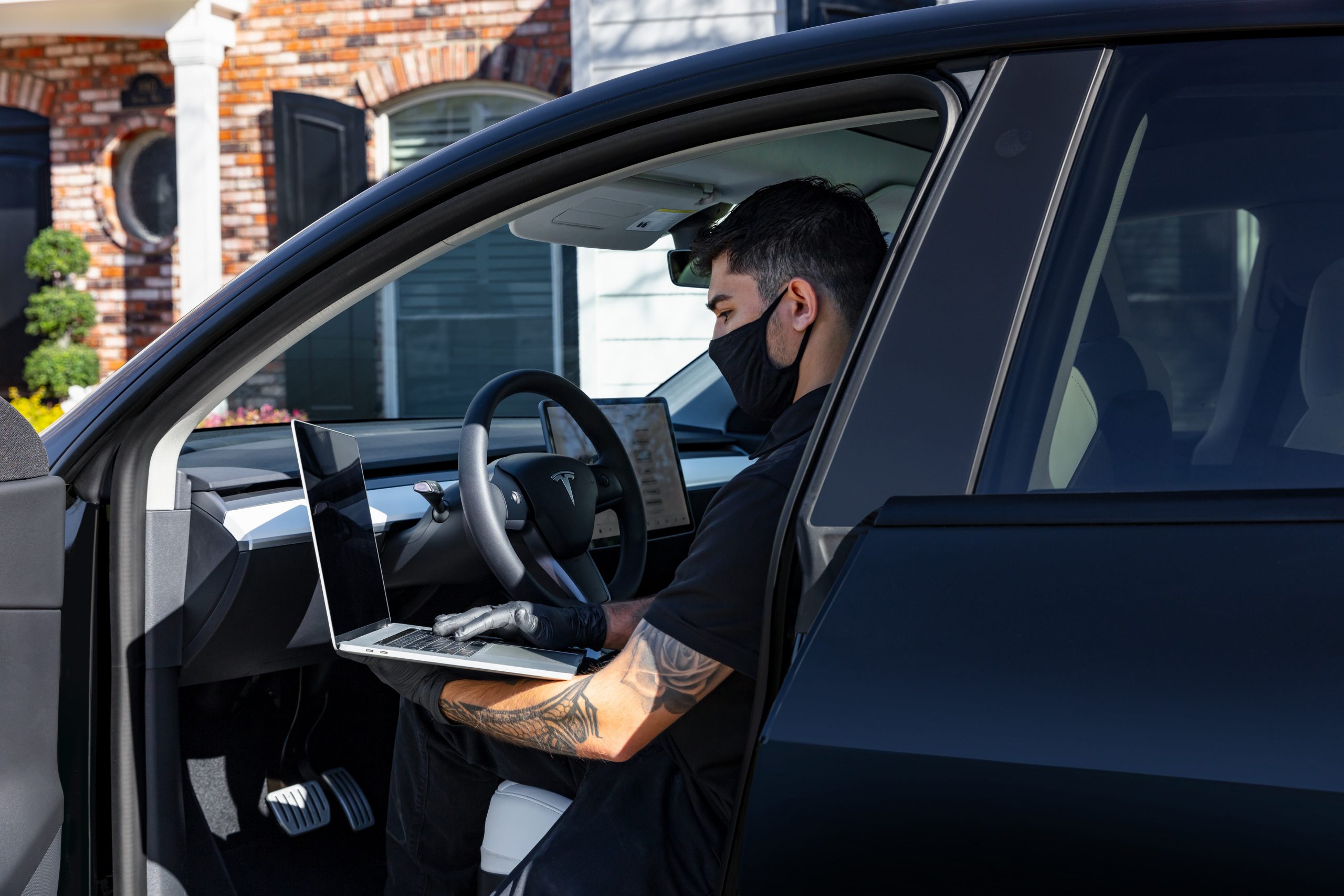
Tesla has created a clever solution to simplify and improve its Service. Tesla performs most of the services that are needed on its vehicles at its company-owned Service Centers.
However, service has been a weak point of the company, as some regions have fewer Service Centers than others. This can cause long wait times for Tesla owners in some parts of the country.
There are also instances where customers do not agree with what Tesla is saying about their vehicle. In fact, one instance that revealed this new change Tesla is making to its Service was precisely that.
One owner posted on X that his vehicle’s battery seal had failed after a recall was issued. Tesla insurance and Tesla Service both did not assist, and it took CEO Elon Musk stepping in to get the issue resolved:
Will investigate
— Elon Musk (@elonmusk) August 7, 2025
Another owner suggested there should be a more streamlined communications process between the customer and the Service Center, a solution that has been missing.
Raj Jegannathan, a Vice President of IT/AI-Infra, Apps, Infosec, and Vehicle Service Operations, revealed that Tesla has started a small pilot program at a few service locations to combat this issue.
Elon Musk wants Tesla Service to fix two-thirds of cars in the same day
Jegannathan said that Tesla has started to share local and regional leader contact information so customers have the ability to reach out when they have complaints or disagree with warranty claims, changes in estimates, or initial diagnostics.
It is available in a handful of locations already, and Jegannathan said that once abuse guardrails are built, this will expand to all locations:
In few service locations, started to share local and regional leader contact information via service in-take in mobile in-app messages so customers can reach out via phone when they disagree with initial diagnostic/warranty/changes in estimates. (Once we build guardrails from…
— Raj Jegannathan (@r_jegaa) August 7, 2025
This would be a major improvement in the Service portion of Tesla’s business. There are common disagreements between Service and customers, specifically when Service’s suggestions don’t align with the customer’s beliefs.
When it comes to things like a warranty claim, these issues are not really up for interpretation. Instead, the repairs should be made. If there is a misunderstanding on Service’s side, a simple message from the customer could have resolved the issue. That’s basically what happened here.
-
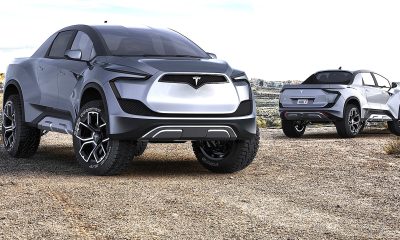
 News2 weeks ago
News2 weeks agoTesla hints a smaller pickup truck could be on the way
-
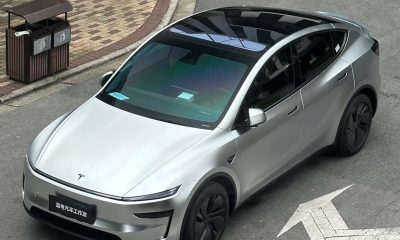
 News2 weeks ago
News2 weeks agoTesla is ready with a perfect counter to the end of US EV tax credits
-
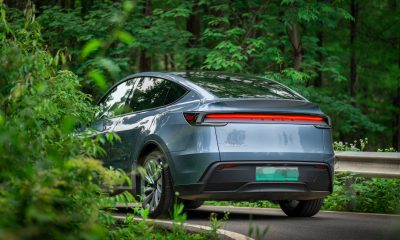
 News2 weeks ago
News2 weeks agoElon Musk highlights Tesla Model Y’s most underrated feature
-
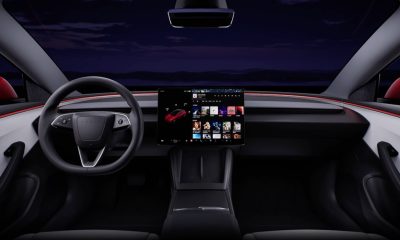
 Lifestyle1 week ago
Lifestyle1 week agoTesla brings perhaps the coolest interior feature to cars in latest update
-
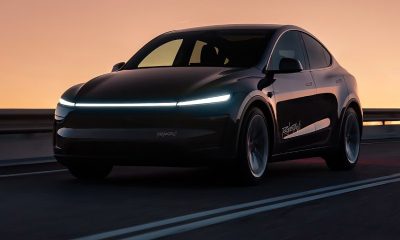
 Elon Musk2 weeks ago
Elon Musk2 weeks agoElon Musk reveals Tesla’s next Robotaxi expansion in more ways than one
-
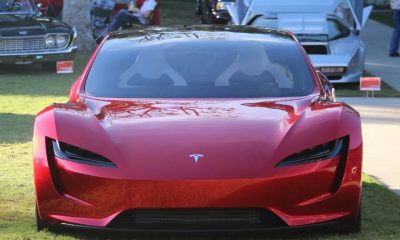
 Elon Musk2 weeks ago
Elon Musk2 weeks agoTesla exec gives big update on Roadster, confirming recent rumor
-
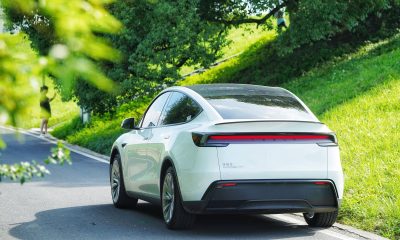
 News2 weeks ago
News2 weeks agoTesla’s new affordable Model Y details teased in new sighting
-
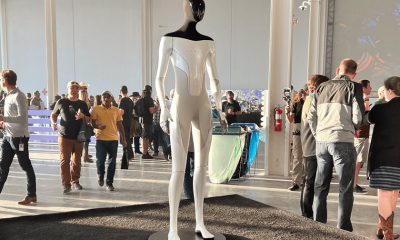
 News2 weeks ago
News2 weeks agoTesla Optimus robots will ship with a design no consumer has seen yet


